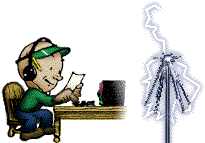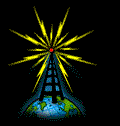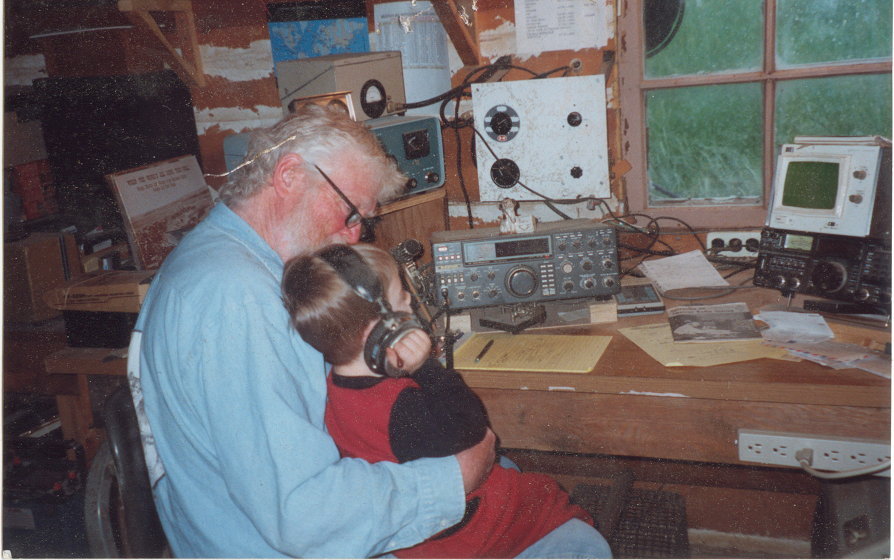 .-.-.-.-.-.-.-.-.-.-.-.-.-.-.-.-.-.-.-.-.-.-.-.-.-.-.-.-.-.-.-.-.-.-.-.-.-.-.-.-.-.-.-.-.-.-.-.-.-.-.-.-.-.-.-.-
.-.-.-.-.-.-.-.-.-.-.-.-.-.-.-.-.-.-.-.-.-.-.-.-.-.-.-.-.-.-.-.-.-.-.-.-.-.-.-.-.-.-.-.-.-.-.-.-.-.-.-.-.-.-.-.-
 ....................
....................

Click here for: "How to Become a Ham Radio Operator ":
Click here for: "Information on Listening to Shortwave Radio "
Click here for: "A Free Course in How to Become an Amateur Radio Operator ":
Click here for an interesting amateur radio site called: "QRZ.COM."
Click here for: "Monitoring Times: Antenna Primer, Part 1"
Click here for: "Monitoring Times: Antenna Primer, Part 2"
Click here for: "Monitoring Times: Antenna Primer, Part 3"
Click here for:"Monitoring Times: Home Page"
SOME LINKS OF POSSIBLE INTEREST TO RADIO HOBBISTS:
Hello and Welcome. Here's a bit about me and my radio past. I've been involved in radio and electronics most all of my life in one way or another. When I was a kid I was fascinated by radio, and how it might do the things it does. So, when I got old enough to grab things and tear them apart with a screwdriver and pliers, I did what lots of us old-timers did. I got old radios that nobody wanted, and took them apart, and made regeneratiave receivers, crystal sets, phono oscillators, and so forth with their parts. I had discovered Morgan's books on radio for boys in our high-school library. I read them and all the other radio books I could find.
Then a neighbor who had been a radio man in the navy in WW2 gave me an old copy of the ARRL handbook, and took me to a radio supply house (Burstine-Applebee in K. C. Mo.) where you could buy surplus parts, and even complete surplus military rigs. That was a breakthrough. and an eye-opener for me. I had access to the parts I needed to make what I wanted. I made simple receivers and transmitters from the ARRL Handbook, but didn't have a license so I didn't get the transmitters on the air. Didn't that is with one exception, I made a spark-gap transmitter that ruined everyones radio reception in the nearby vicinity. I never put it on an antenna, but it still raised cane with my folks radio!
I wanted a rig so badly that I started a tube-type transmitter with parts I had scrounged, and kept it. in its partially completed state, under my bed. At night I sometimes dreamed I had it finished, and on the air, and that I had other equipment that I wanted up and running. I never did finish that transmitter, never got the parts at that time. But I was able to receive all HF bands though with the regenerative receivers I made, and with old, castoff AM BC-SW receivers that I scrounged from here and there. Lots of BC receivers built in those days had good shortwave coverage. Tuning in those signals coming from far-away places with strange-sounding names was quite a thrill. When I first tuned in Australia I ran and got my father, and had him listen to the headphones. I proudly mentioned that Australia was on the other side of the world, as far away as a signal could come from! That was more of a thrill than getting a signal from Mars would be for me today, if I had the equipment to do that.
Going to the army was a shot in the arm for my radio involvement. There I learned the Morse code, and became an army radio operator. While attending radio operator's school in Alaska I got my code speed up to the novice level so I got that license (WL7BDP), and then when I was up to 12 wpm I got the general (KL7BDP). Before I finished the school I passed 18 words per minute.
Discharged and back home in Missouri I became W0ZTY, Then when I moved to California I became W6LZX. There I got the extra-class license and was given my present call (KR6A). My interests have also led me to earn the FCC marine radio operators second-class license, the FCC radiotelephone first-class license (now re-issued as an industry certification by ISCET), the FCC general radio operator's license, the Civil Air Patrol radio operator's license, the U. S. Infantry mos number (1740 as I recall) for radio operator, and certification from the ISCET in industrial electronics, radio communications, and antenna technology. I also took a collateral-field, something like a minor, in electrical engineering in college.
Although I have worked mainly in areas other than radio and electronics, I have been a radio-TV service man, AM-broadcast station operating engineer, electronic technician, taught electronics, and worked as a technical writer in the electronics industry. I have written free-lance for various ham and electronic magazines, and I am currently the antenna editor for Monitoring Times. I was antenna editor for US Scanning News before it ceased publication. My "Antenna Handbook" is in its second edition. It is available from Grove Enterprises on a CD called "Antennas for Radio Communications." Bob Grove's "Antenna Factbook" is also on that CD.
In November, 2004 I will be 72 years old. I still enjoy making and repairing radio and electronic gear, learning more about radio and electronics, and occasionally getting on the air. Of all the modes I enjoy CW the most, using a keyer usually, but sometimes a bug for the nostalgia of it, and talking to old codgers like myself.
The picture is me and my grandson, Paul a few years back. No, he's not yet a licensed ham radio operator.
Peace, DX, and 73
________________________
My Favorite things about Angelfire.
My Favorite Web Sites
Angelfire - Free Home Pages
Free Web Building Help
Angelfire HTML Library
HTML Gear - free polls, guestbooks, and more!